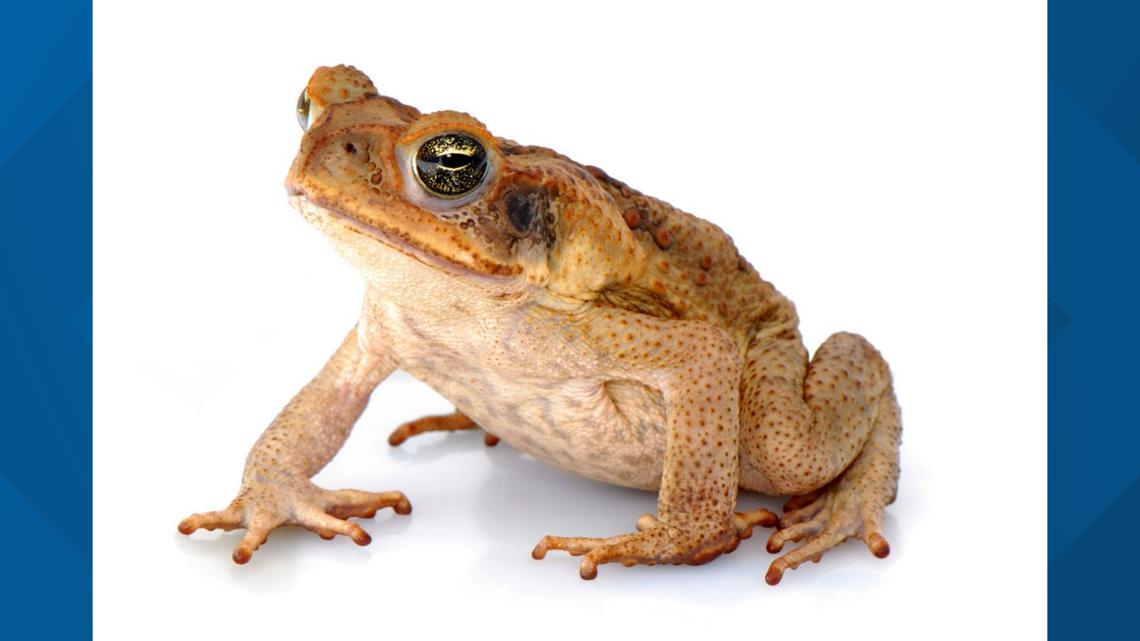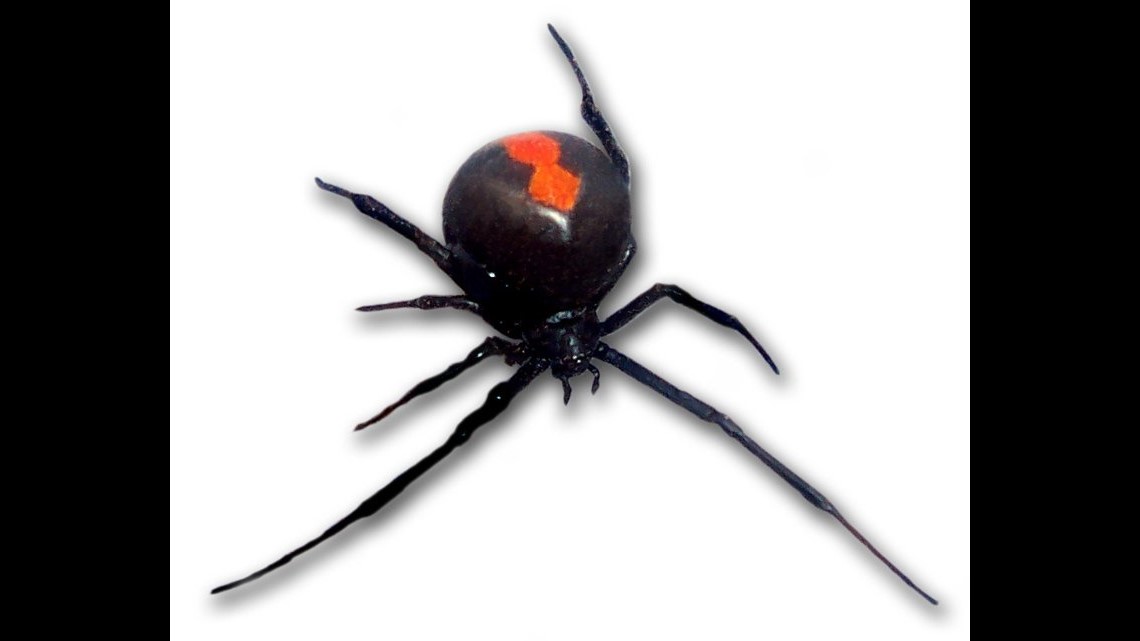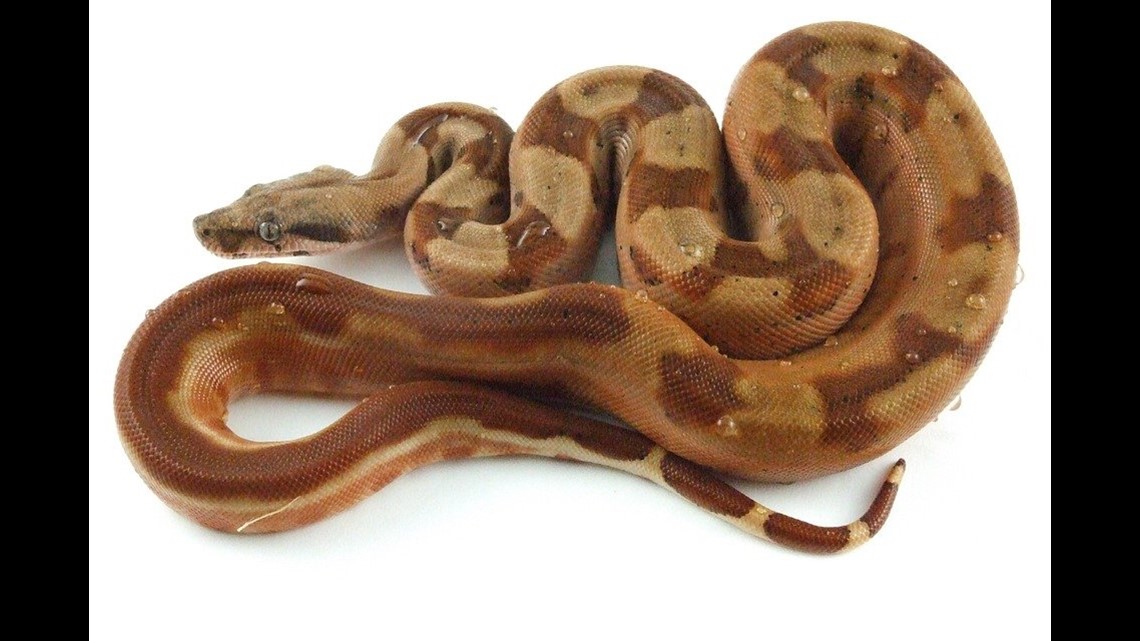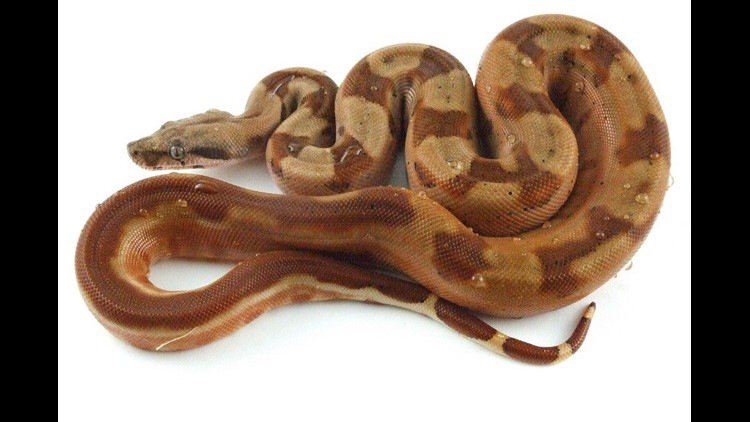On Halloween, pranks bring about tricks from friend and foe. But just because that plastic spider on your desk scares you, doesn’t mean you should be afraid of spiders. And that rubbery snake that gets thrown at you? Throw it back! But don’t blame all snakes for your fears on this one day. When it comes down to it, most “Halloween” creatures are beneficial parts of our ecosystem and our first instinct shouldn’t be to kill them.


First, let’s look at the slimy toad. They aren’t just a key ingredient in witches’ brew, they are important environmental indicators. All amphibians are susceptible to environmental toxins because of their sensitive skin. They are usually the first species to die out in polluted areas. If you have healthy toad populations in your area, it’s a good sign that your neighborhood is fairly unpolluted. And no, you cannot catch warts from touching a toad.
Toads are hungry pest predators in the warm months, but go into underground hibernation by late fall and won’t emerge until spring.


A Halloween nightmare isn’t complete without spiders! With their eight legs, beady eyes, and venomous fangs, they certainly don’t have a good public relations campaign! But even though they might look scary, spiders are actually extremely beneficial predators of all sorts of insect pests. And only three species have venom considered strong enough to hurt a person: the black widow, the brown recluse and the hobo. In the Fall, female spiders are guarding egg sacks which hold the next generation of spiders.


On the soundtrack of Halloween, you’ll always hear the howl of a wolf. It seems people have either vilified or glorified wolves throughout history, but the real life wild canines are neither hounds of hell or spiritual guides. In reality, gray wolves are top predators that play a key role in balancing our ecosystem. They control deer and other prey populations as well as other predators lower down on food chain, like coyotes and raccoons. Once found throughout North America, the only remaining gray wolf populations live in far northern United States and into Canada. At this time of year, they are in the process of growing their thick winter coats to guard against winter’s bitter temperatures.


The slithering, legless body. The forked tongue! The lidless eyes. Everything about a snake is decidedly non-human! And that’s why it’s so frightening to those who don’t know much about these creatures. But even though they strike fear in many people, most snake species are completely harmless. In fact, snakes are enormously beneficial, helping to control insect and rodent pests. The only time a snake will try to bite is if it’s cornered or startled. The natural reaction of all snakes to people is to get away or hide.
By late October, most snakes are moving to their underground hibernation grounds, where they will doze away the cold months waiting for the warmer days of spring.


-Meteorologist Eric Sorensen



